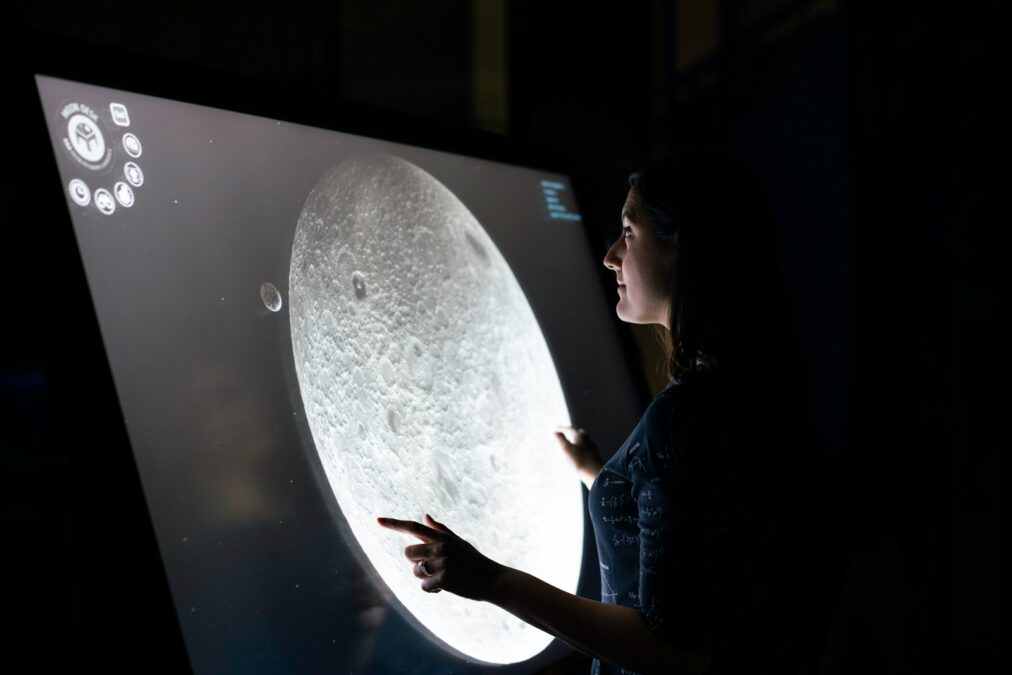How Edge Computing Transforms Augmented Reality Experiences in the GCC
Real-Time Augmented Reality (AR) is poised to revolutionize the way we interact with the digital and physical worlds. In the Gulf Cooperation Council (GCC), AR is finding applications in diverse sectors, from retail and education to healthcare and entertainment. However, the widespread adoption of AR is hindered by the limitations of traditional cloud-based computing models. This is where edge computing emerges as a game-changer, enhancing the performance and capabilities of real-time augmented reality applications.
Understanding the Synergy Between Edge Computing and Augmented Reality
Edge computing, in essence, brings computation and data storage closer to the devices generating and consuming data. In the context of AR, this means processing AR data locally on the device or on nearby servers, rather than relying on distant cloud servers. This shift in computing paradigm unlocks numerous benefits for AR applications:
Reduced Latency
Latency, the delay between a user’s action and the corresponding response from the AR application, is a major obstacle to seamless AR experiences. By processing data at the edge, latency is minimized, resulting in smoother, more responsive, and more immersive AR interactions. This is particularly crucial for applications like AR gaming, where even a slight delay can detract from the user experience.
Enhanced Real-Time Performance
Real-time AR applications, such as those used for navigation or live translations, demand rapid data processing and feedback. Edge computing’s proximity to the data source enables faster data processing and analysis, ensuring real-time performance and responsiveness.
Increased Reliability
Edge computing reduces the dependency on network connectivity, making AR applications more reliable in environments with limited or fluctuating bandwidth. This is especially relevant in the GCC, where internet connectivity can vary across locations.
Transforming Industries with Edge-Powered Augmented Reality
Edge computing is empowering businesses and industries across the GCC to unlock the full potential of augmented reality. Here are some examples:
Retail and E-commerce
AR-powered virtual try-on experiences, enabled by edge computing, allow customers to visualize products in real-time before purchasing. This not only enhances customer engagement but also reduces product returns, leading to cost savings for businesses.
Education and Training
AR can be used to create immersive learning experiences, allowing students to interact with virtual objects and explore complex concepts in a more engaging way. Edge computing ensures that these experiences are delivered seamlessly and in real-time.
Healthcare
AR-guided surgeries and medical training simulations are becoming increasingly common. Edge computing ensures that these critical applications perform flawlessly, without any delays or disruptions.
The GCC’s Growing AR Ecosystem
The GCC region is witnessing a burgeoning AR ecosystem, with startups and established companies alike exploring the possibilities of this technology. Governments in Saudi Arabia and the UAE are investing in infrastructure and initiatives to support the growth of the AR industry.
Investment in 5G
The rollout of 5G networks in the GCC is set to further accelerate the adoption of AR. 5G’s high bandwidth and low latency capabilities perfectly complement edge computing, creating a fertile ground for the development of advanced AR applications.
Research and Development
Research centers like the King Abdullah University of Science and Technology (KAUST) in Saudi Arabia are conducting cutting-edge research in AR and edge computing. These efforts are contributing to the development of innovative solutions that cater to the specific needs of the GCC region.
Challenges and Opportunities
While the potential of edge computing in AR is immense, challenges such as data security, device compatibility, and the need for standardized development frameworks need to be addressed. However, these challenges also present opportunities for innovation and growth in the AR industry.
Security
As AR applications often deal with sensitive user data, robust security measures need to be implemented to protect against unauthorized access and data breaches.
Device Compatibility
Ensuring that AR applications are compatible with a wide range of devices, from smartphones to AR headsets, is crucial for widespread adoption.
Standardization
The development of standardized frameworks for AR development and deployment will simplify the creation of AR applications and ensure seamless integration with edge computing infrastructure.
The Future of Augmented Reality in the GCC
The convergence of edge computing and augmented reality is transforming industries and opening up new avenues for innovation in the GCC. As businesses and individuals alike embrace this powerful combination, we can expect to see even more immersive, responsive, and impactful AR experiences in the years to come.
Embracing the AR Revolution
The future of AR in the GCC is bright, and businesses that embrace this technology early on are poised to gain a significant competitive advantage. By leveraging edge computing to enhance the performance and capabilities of their AR applications, businesses can unlock new opportunities for growth and innovation.
A New Dimension of Engagement
The potential of AR to transform the way we interact with the world is immense. From revolutionizing retail experiences to enhancing education and training, AR is set to become an integral part of our daily lives. With edge computing at its foundation, AR is poised to create a new dimension of engagement and interaction in the GCC.
#edgecomputing #augmentedreality #realtime #performance #SaudiArabia #UAE #Riyadh #Dubai #ARapplications #technology #5G

